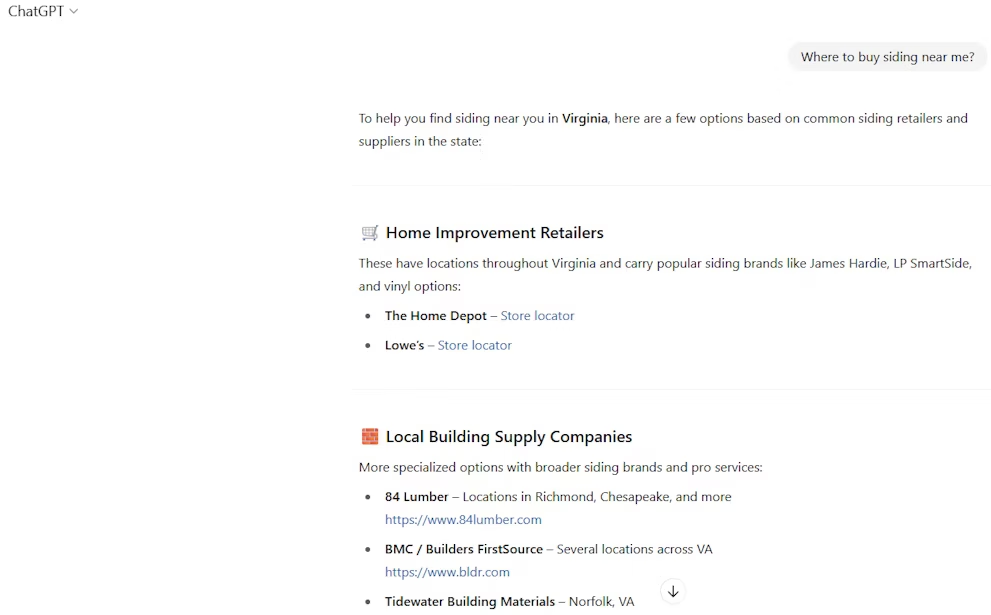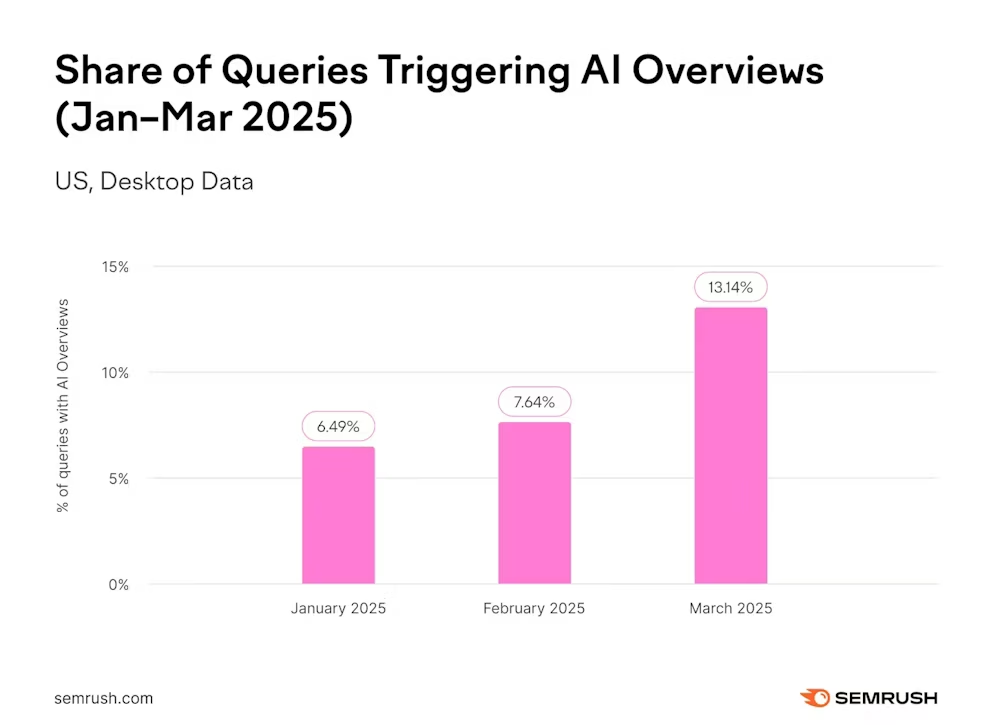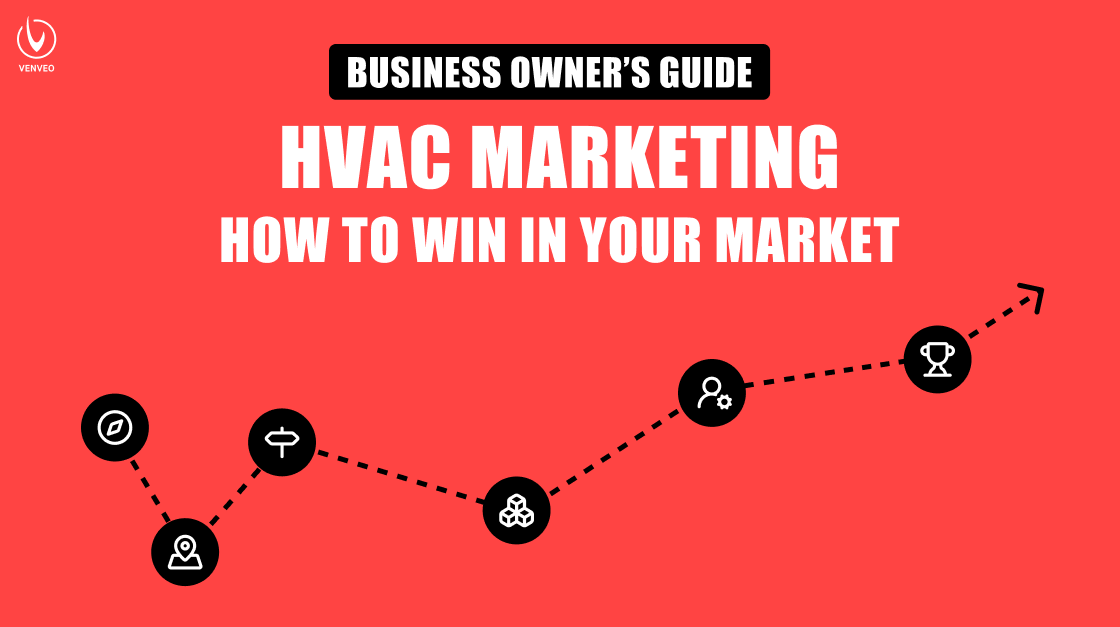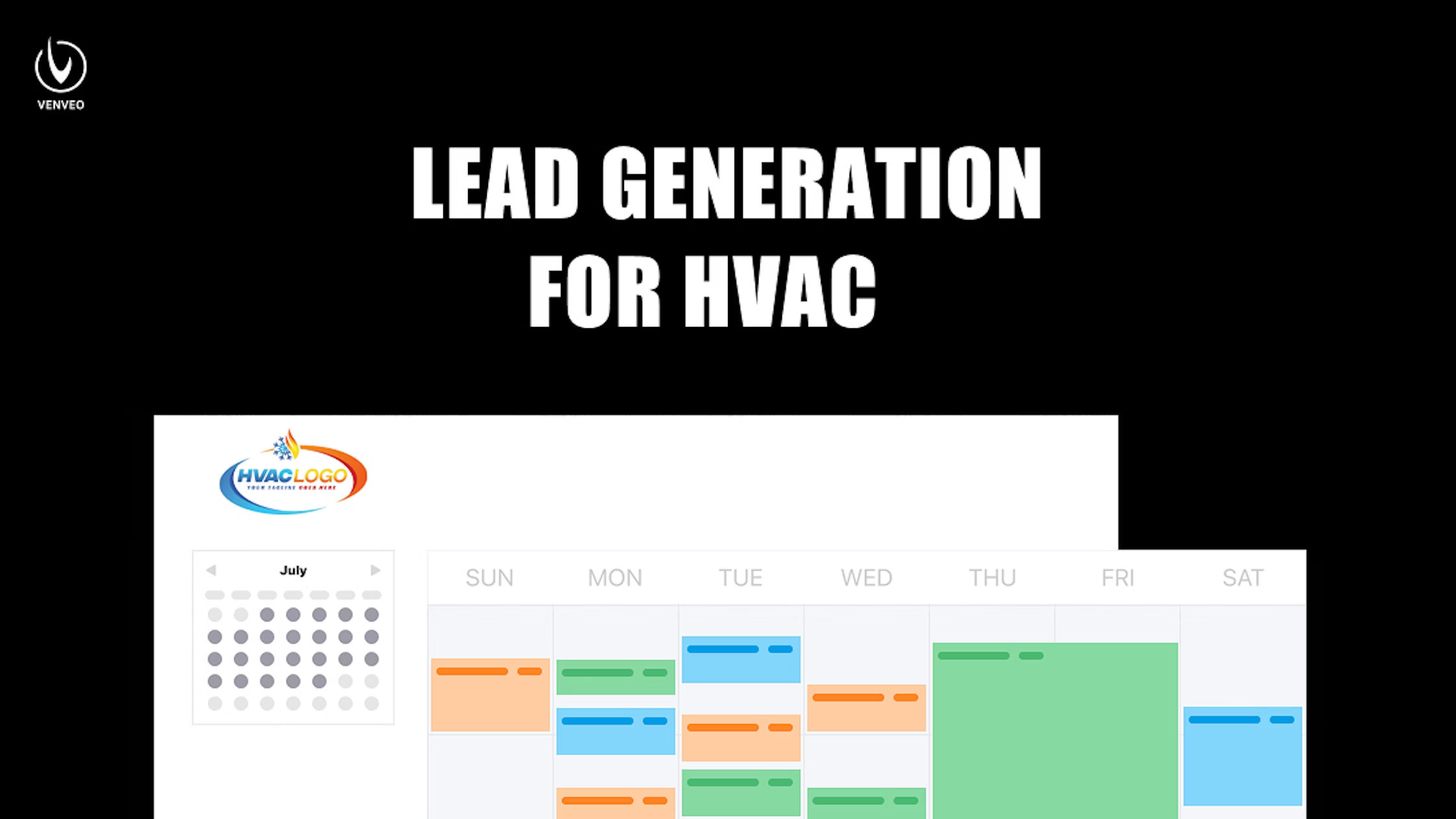Now that you know how AI Overview works, it’s time to understand how you can benefit from it and how your content can get featured.
Build Authority and Trustworthy Content
If you want your brand to be seen as the expert, give buyers instant access to find exactly what they need.
Use your website to guide them through the decision-making process with content that answers their questions. For example, you might publish articles on topics like “the best roofing systems for hot climates” or “important factors for cladding code compliance”.
Use comparisons to highlight what makes your product different. Back it up with technical insights, real-world installation guides and reviews from people who’ve actually used it.
When your content does the heavy lifting, your brand becomes a go-to source for insights.
Use Structured Data to Help LLMs Understand Your Content
LLMs powering tools like ChatGPT and Google SGE don’t just read your website — they analyze how it’s structured. The clearer the content and the cleaner the data, the easier it is for AI to choose your brand as the answer. That’s where schema markup comes in.
Schema markup is a code that helps search engines and AI tools understand what your content means, not just what it says. Think of it as labeling a digital file cabinet. Instead of sharing unorganized information online, you’re tagging it so LLMs can tell exactly what it is — like a product, a review or a spec sheet.
For building materials companies, this is the difference between visibility and being overlooked by dealers, distributors, builders and professionals.
Your digital marketing team or web developer should be adding schema to these key pages:
- Product detail pages
- Technical documents
- Installation guides
- Case studies and blog posts
FAQ pages
Use structured data to highlight your product names, technical specifications, installation steps, material safety data and more. If you published a how-to guide, mark it up as a “How To” so LLMs can recognize and share it for a step-by-step resource.
Schema markup is how you appear when AI tools go looking for answers, boosting your chances of becoming a trusted online source. Right now, that’s how more and more customers are discovering new products.
Publish Answer-Optimized Content
In marketing, the rule of thumb is to always focus on serving the customer.
When you understand your buyer’s journey — what they’re trying to solve and what they need to know — they’ll feel like your site was built just for them. So will AI.
The goal is solution-driven content, which gives your audience the tools and information they need at every touchpoint in the sales funnel.
Use natural language written with a conversational flow using Q&A-style headings like, “What’s the most fire-resistant siding material?” Be sure to write clearly and directly.
When you’re answering real concerns, don’t chase keywords. Directly answer your audience’s top questions. Break content into clear, topical paragraphs with proper headings where they’re applicable. Insert side-by-side comparisons and summarize with quick key takeaways. Keep it precise so LLMs can index your pages instantly without any confusion.
Earn Mentions in Trusted, Authoritative Sources
Pitch your building products expertise to land features in recognized trade media outlets like Pro Builder, JLC or LBM Journal. Apply to join building associations or directories like Green Builder Magazine or EDC.
In the digital world, these aren’t just backlinks — they’re trust signals. Manufacturers can also aim for coverage from sources like .org and .edu domains, where AI tools find contextual, authoritative, unbiased information.
Relationships are vital in our industry. Aim to build partnerships that could lead to relevant mentions, like a product in a builder training resource or a spec sheet linked in an educational course. The more credible sources that reference your product, the more likely AI will see your brand as a worthy recommendation.








